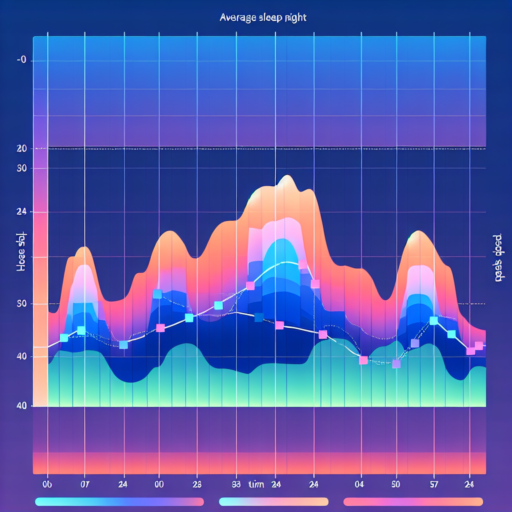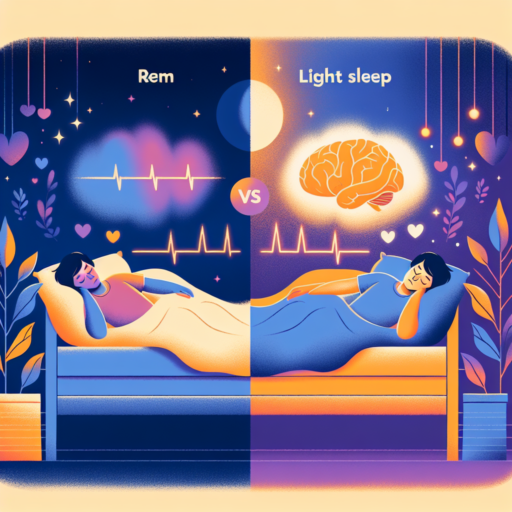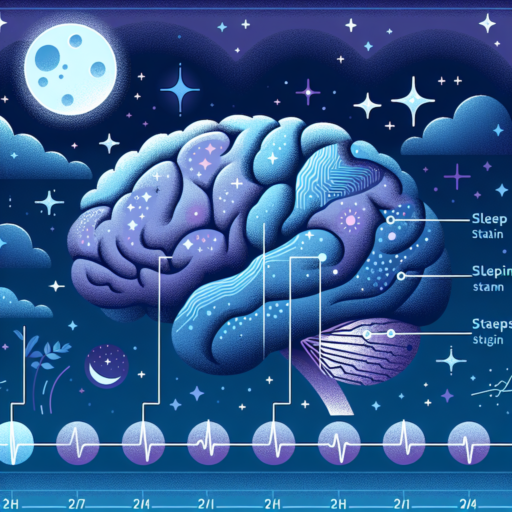What is a normal sleeping pattern?
Understanding what constitutes a normal sleeping pattern is essential for maintaining both physical and mental health. Generally, a normal sleeping pattern refers to a consistent cycle of sleep phases that an individual experiences, which includes light sleep, deep sleep, and REM (Rapid Eye Movement) sleep. This cycle typically repeats itself every 90 to 110 minutes, culminating in approximately 4 to 6 cycles throughout a night’s rest for a healthy adult.
For most adults, achieving 7 to 9 hours of sleep each night is considered optimal for fostering good health and well-being. It’s important to note that a normal sleeping pattern not only concerns the quantity of sleep but also its quality. High-quality sleep entails falling asleep within 20 minutes of going to bed, experiencing few awakenings during the night, and ultimately feeling rested upon waking.
Variability exists among individuals regarding their specific sleep needs and patterns. Factors such as age, lifestyle, health conditions, and stress levels can influence one’s sleeping pattern. Children and teenagers, for example, generally require more sleep compared to adults due to the demands of growth and development. Therefore, while the foundation of a normal sleeping pattern is largely consistent across populations, acknowledging and respecting individual differences is crucial.
What is the healthiest sleep pattern?
Understanding the healthiest sleep pattern is vital for optimizing both physical and mental well-being. This concept, often referred to as «good sleep hygiene,» encompasses a range of practices and habits that are crucial for high-quality sleep. At its core, the most beneficial sleep pattern is one that aligns with the body’s natural circadian rhythms, favoring consistency in sleep schedules.
Consistency is key when it comes to establishing a healthy sleep pattern. This means going to bed and waking up at the same time every day, including weekends. Consistency reinforces the body’s sleep-wake cycle, promoting quicker sleep onset and more restorative sleep phases throughout the night. Research suggests that adults should aim for 7 to 9 hours of quality sleep per night to reap the maximum health benefits.
Environment and lifestyle choices also play a significant role in cultivating the healthiest sleep pattern. Creating a sleep-conducive environment—cool, dark, and quiet—can significantly enhance the quality of sleep. Likewise, avoiding stimulants such as caffeine and electronic devices before bedtime can prevent disruptions in the sleep cycle. Incorporating relaxation techniques, such as reading or meditation, can further encourage a state conducive to sleep.
How much REM deep and light sleep is normal?
Understanding the normal amounts of REM, deep, and light sleep can significantly enhance our comprehension of sleep health. The stages of sleep, mainly consisting of REM (Rapid Eye Movement) sleep, deep sleep, and light sleep, serve distinct functions in our rest cycle, promoting overall wellbeing and cognitive function.
REM Sleep Duration
REM sleep is crucial for memory consolidation and mood regulation. On average, adults spend about 20-25% of their sleep in the REM stage, which translates to around 90-120 minutes per night for a typical 7-8 hour sleep cycle. This phase is characterized by rapid eye movements, increased brain activity, and vivid dreams.
Deep Sleep Requirements
Deep sleep, also known as slow-wave sleep, is essential for physical recovery, immune system strengthening, and growth hormone release. It constitutes approximately 13-23% of sleep in adults, meaning someone sleeping for 8 hours a night should aim for 60-110 minutes of deep sleep. It’s during this stage that the body repairs muscles and tissues, and consolidates memories.
In terms of light sleep, which accounts for the largest portion of the sleep cycle, individuals typically spend 50-60% of their night. Although considered less restorative, light sleep plays a pivotal role in brain detoxification and preparation for deeper sleep stages. Tracking these sleep stages can help identify sleep patterns and potential disruptions, leading to a better understanding of one’s sleep health and the necessary adjustments for improvement.
What is a healthy sleep cycle?
A healthy sleep cycle, often referred to as sleep architecture, is a pattern that includes several stages of both REM (Rapid Eye Movement) and non-REM sleep that repeat cyclically throughout a typical night. This pattern is crucial for restorative sleep, allowing the brain and body to recover and rejuvenate.
Understanding the importance of each phase is key. Non-REM sleep begins the cycle and is divided into three stages, each deeper than the last. The first stage is a light sleep from which one can be easily awakened. It’s often considered a transitional phase between wakefulness and sleep. The second stage, slightly deeper, involves a decrease in heart rate and body temperature, setting the stage for deep sleep. The third stage of non-REM sleep is the deepest, most restorative phase, during which the body repairs muscles and tissues, stimulates growth and development, boosts immune function, and builds up energy for the next day.
Following these three stages, the cycle moves into REM sleep, characterized by rapid eye movements, increased brain activity, faster breathing, and temporary muscle paralysis. REM sleep is essential for cognitive functions, such as memory consolidation, learning, and creativity. A full sleep cycle, from non-REM to REM, lasts about 90 minutes, with a healthy night’s sleep consisting of four to six cycles. Achieving these cycles plays a vital role in being fully rested and maintaining overall health.





